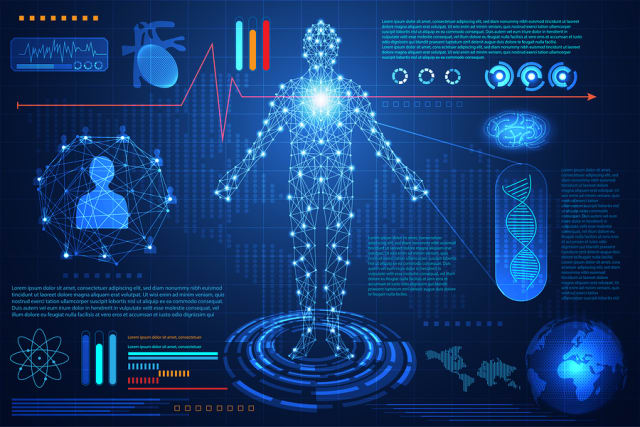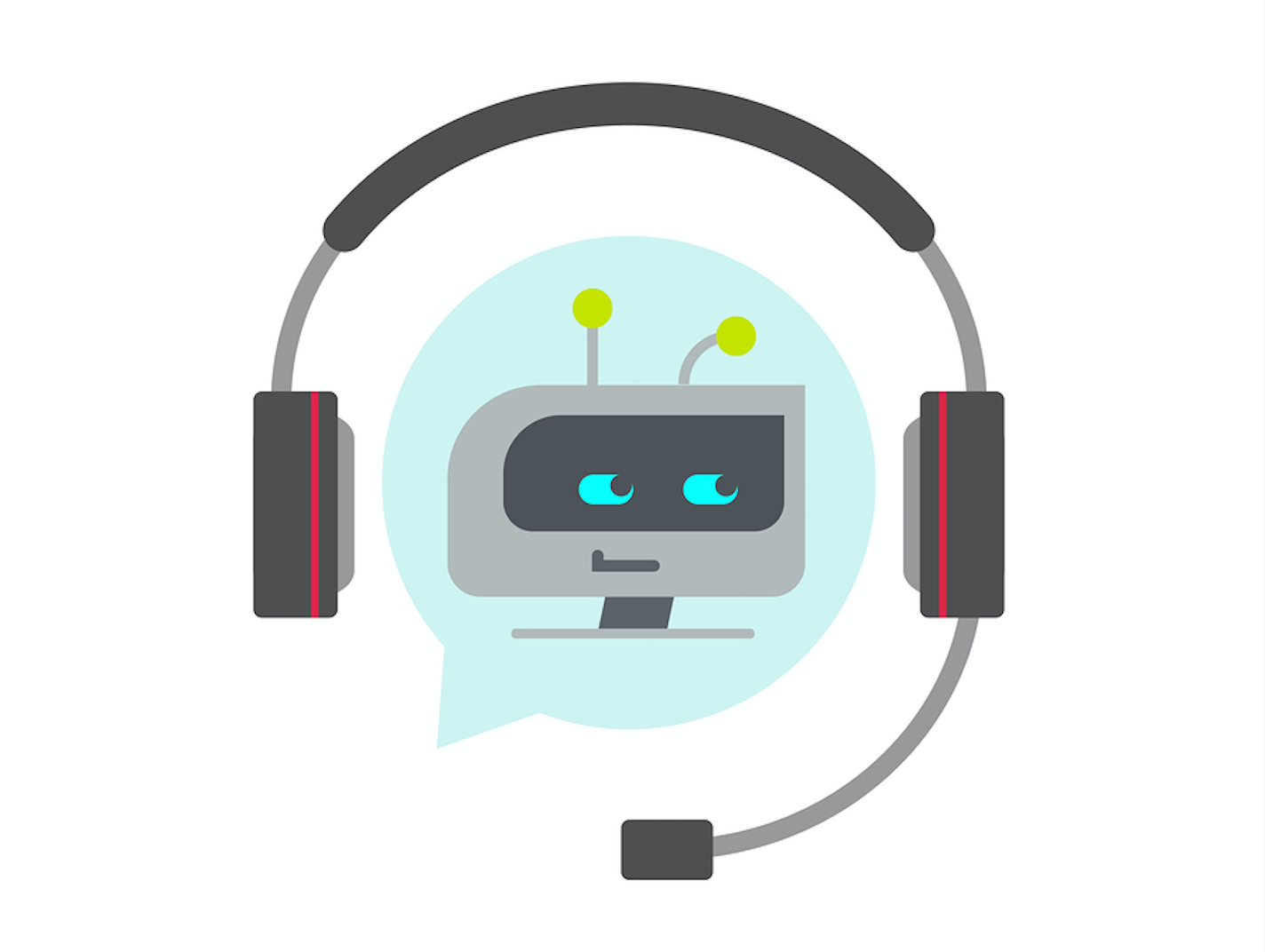- Jul 07, 2020

Before the world took a flip upside down due to COVID-19, we had a comfortable set up for everything. Fields like business, banking, finance, education, fashion, and entertainment were making the smooth running of their ventures. However, the sudden outbreak of COVID-19 has changed the essential routine works for all of us. Likewise, the earlier healthcare sector was not so severely burdened. People would easily book appointments and visit the doctors for their health-related problems. However, due to the sudden burden of the pandemic, the healthcare sector has been facing the hurdles. Recently we have found an innovative technique which has brought relief to patients and doctors too. Telemedicine is the new solution to skip long queue and waiting lists. You can have a direct virtual conversation with your doctor and receive answers. The benefits of Telemedicine are unprecedented.
For centuries, we have centered healthcare on in-person communication and physical examinations. However, with a situation at hand, telehealth is a blessing in disguise for many of us. Let us seek a better understanding of how telemedicine improves healthcare during the pandemic crisis of COVID-19.
Usage of Artificial Intelligence (AI) for diagnostics:
AI-powered temperature screening solutions are available, which caters to the need of manual temperature checks. These AI tools are an essential factor in distance analysis.
Many hospitals are using wearables for providing COVID-19 related information and for tracking physiological parameters. These wearables can track heart rate, sleep duration, body temperature, etc. Technical advances like Apple health check app, Siri guide me app, and Alexa daily check app are coming out as great solutions during the COVID-19 pandemic.
Reduction of over-load:
Telemedicine is coming out as an off-loader of the burden on hospitals as they are busy dealing with the outbreak of COVID-19 cases. The hospitals that are using the telemedicine concept are seeing the benefits while others are still adapting to it. Rather than creating a waiting room in the hospital, doctors have chat pages and online accounts through which they are taking appointments personally and meeting patients virtually to serve them. It is estimated from a recent survey that was conducted in the USA that about 84 percent of patients are warmly accepting the provision of Telemedicine over the regular pattern of medical treatment. It is visible that patients prefer technology and allow social distancing.
Adoption of drone surveillance:
To ensure that people are following the safety rules laid by the countries, drones are being used to monitor the nation. This is helping the citizens to maintain the behavioral pattern. These drones also spray disinfectants on the alarmed areas and transport like bus and metro stations. People are understanding the seriousness of the scenario and maintaining the guidelines of their country.
Follow-up services:
Many healthcare spaces are following a no-exposure theory or social distancing. They have adopted telemedicine as well as created web bots or virtual Chatbots for their business and for people to virtually visit their doctors. Follow-up on health issues is also taken care of. This builds trust in the people for virtual medical treatment.
Providing diagnostic support:
The walk-through testing booths are organized for people to get medical tests done, be it for COVID-19 patients or regular ones. The stand-alone diagnostic booths can perform the same tasks as physical diagnostic centers. It replaces the staff managed booths and prevents crowding.
Concluding Note:
The COVID-19 outbreak has showered enormous challenges in the global healthcare community. The digital healthcare system is the only solution to serve public health emergencies. It includes the development of a surveillance system, telehealth, wearables for tracking, and much more.





